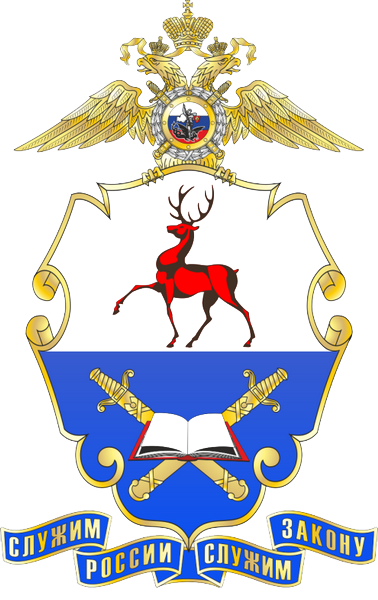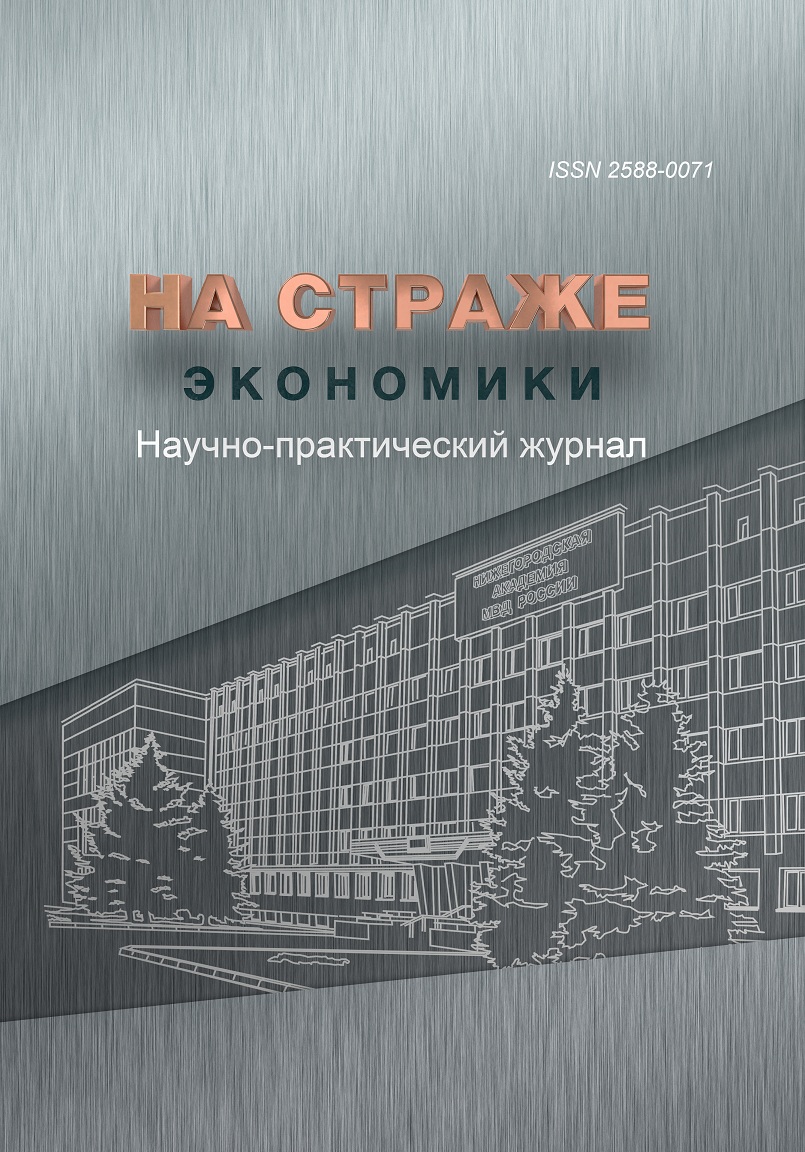Russian Federation
The article examines the issues of opening up opportunities for Russian business in the context of geopolitical turbulence in a historical perspective. Approaches to the assessment of the main indicators characterizing the world hegemony are considered. The trend of changes in the GDP of the most influential countries from the historical position of the world order, as well as the dynamics of changes in the quality of life of the population of successful modern countries, in order to find the causes of the turbulence of the world order and analyze modern events, is studied. The analysis of the economic situation for entrepreneurship in the Russian Federation and Belarus, based on official statistical data, is carried out. The actions of the public sector are analyzed and creative approaches and tools are proposed, the use of which will contribute to the development of business structures, which will serve as a basis for creating new jobs and organizing modern production processes. The provisions of Russia’s economic security in the new system of a multipolar world are formulated.
conomic security, multipolar world, entrepreneurial business structures, creative view
1. Radhika Desai. Geopolitical economy: after American hegemony, globalization and empire: monograph / scient. ed. by S. D. Bodrunov. Moscow: INIR named after S. Yu. Witte: Center catalogue Publ., 2020, 328 p. (In Russ.)
2. Tian N., Marksteiner A., Silva D. L. Da Trends in world military spending. SIPRI SIPRI, Stockholm, 2021, April. URL: https://doi.org/10.55163/JTFI7245 (accessed 18.01.2022). (In Russ.)
3. Zalyvsky N. P. Geopolitical stability of Russia in the context of modern attempts at its international isolation and discrimination. Magazine club “Intelros” Century of Globalization”, 2016, no. 1-2. URL: http://intelros.ru/readroom/vek-globalizacii/vek1-2-2016/30150-geopoliticheskaya-ustoychivost-rossii-v-kontekste-sovremennyh-popytok-ee-mezhdunarodnoy-izolyacii-i-diskriminacii.html (accessed 18.01.2022). (In Russ.)
4. World finance. URL: http://global-finances.ru/ (accessed 18.01.2022). (In Russ.)
5. Tsinsun V., Shchutsup V. International structure after the end of the Cold War and the logic of the development of Russian-Chinese relations. Free Thought Publ., 2020. URL: https://cyberleninka.ru/article/n/mezhdunarodnaya-struktura-posle-zaversheniya-holodnoy-voyny-i-logika-razvitiya-rossiysko-kitayskih-otnosheniy/viewer (accessed 18.09.2022). (In Russ.)
6. Zenkova L. P. Transformation economies: Short- and medium-term economic cycles. Minsk: Information Computing Center of the Ministry of Finance Publ., 2015, 236 p. (In Russ.)
7. Yuhan L., Popov S., Zakharova S., Fedorova G. (2022). China’s strategy to strengthen soft power in the Asia-Pacific region. Dela Press Conference Series: Economics, Business and Management. 001 (016). URL: https://dpcsebm.delapress.com/index.php/dpcsebm/article/view/68 (accessed 04.09.2022). (In Russ.)
8. Ziankova L., Yashin S., Zakharova S. Evaluation and forecast of the study of the results of the development of the human complex. Transportation Research Procedia, 2022, no. 63, pp. 2363–2369. (In Russ.)
9. Zakharova S., Yashin S., Ziankova L. Creating a safe transportation system as a strategic goal to improve the quality of life. Transportation Research Procedia, 2022, no. 63, pp. 2370–2377. (In Russ.)
10. Zakharova S. G., Borisov S. A. Assessment of the conditions for the formation of the middle class in Russia from the perspective of a factor model for managing the quality of life of the population. Bulletin of Nizhny Novgorod University named after N. I. Lobachevsky, 2018, no. 1 (49), pp. 14–25. (In Russ.)
11. URL: https://svspb.net/danmark/vvp-stran-na-dushu-naselenija.php (accessed 04.09.2022). (In Russ.)
12. Savin L. V. Thematic dossier: Russian foreign policy in the 21st century: results of the twentieth anniversary. Multipolarity and Russian foreign policy. Post-Soviet studies, 2020, vol. 3, no. 1. URL: https://cyberleninka.ru/article/n/mnogopolyarnost-i-vneshnyaya-politika-rossii/viewer (accessed 09.18.2022). (In Russ.)
13. Mityakov S. N., Mityakov E. S. Analysis of crisis phenomena in the Russian economy using fast indicators of economic security. Problems of forecasting, 2021, no. 3, pp. 29–40. (In Russ.)
14. The number of legal entities and individual entrepreneurs, information about which is contained in the Unified Register of Small and Medium-Sized Enterprises. URL: https://ofd.nalog.ru/statistics.html?statDate=01/10/2022&level=2&fo=&ssrf=&t=1666294193321&t=1666294193321 (accessed 18.09.2022). (In Russ.)
15. Statista: statistical portal for market data and market research. URL: https://www.statista.com/ (accessed 18.09.2022). (In Russ.)
16. Statistical Yearbook of the Republic of Belarus, 2022. Minsk: National Statistical Committee Publ., 2022, 374 p. (In Russ.)
17. Strategic management of sustainable economic development in the new reality. Saint-Petersburg: POLYTECH-PRESS Publ., 2022. 752 p. (In Russ.)
18. Andryushchenko G. I., Orekhov V. D., Blinnikova A. V. Analysis of Russia’s competitiveness during the transition to a multipolar world. Competitiveness analysis of Russia when transition to a multipolar world. Moscow Economic Journal, 2022, no. 1. (accessed 18.09.2022). (In Russ.)
19. State support measures for various industries in 2022. URL: https://www.klerk.ru/blogs/astral/531974/ (accessed 18.09.2022). (In Russ.)










